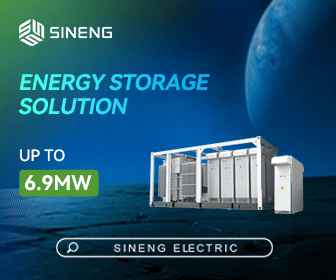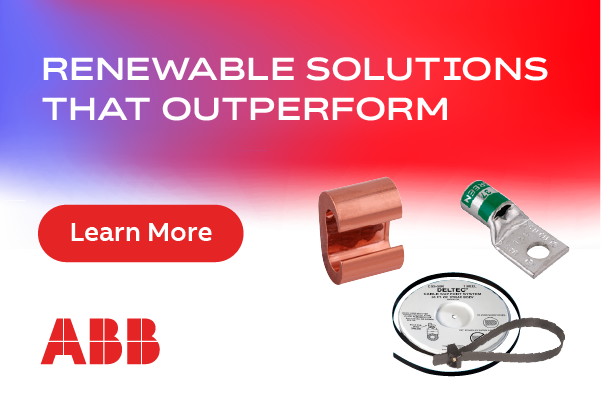The Key to a Successful Energy Storage Project
The proper selection of a system integrator
Today's energy storage system integrators provide either a turnkey energy storage system, a system integration service or particular component in the system, or can be system owners themselves.
In the case of system integrators who produce a standardized turnkey product, the offering does not change project by project, but instead is a standardized copy and repeat approach. Other integrators optimize and develop custom solutions based upon specific project needs. These integrators often provide their own top level software for control of the entire project, but procure other companies' batteries and inverters (PCS) specific to the projects requirements.
System owners have several options for integration but need to make a wise choice of integrator to ensure the profitability of their projects.
With increasing price sensitivity, avoiding margin stacking by keeping the supply chain short while the system owner conducts their own system integration can be appealing. The challenge here beyond an efficient integration, is defining who owns the risk of integration issues if the supply chain is flat from owner to PCS suppliers. To truly appreciate the savings offered by this approach, the system owner must not only have the in-house technical capacity and experience to self-perform, or directly procure, integration, but the ability and willingness to carry the associated integration risk.
System owners sometimes attempt to reduce cost by self-performing the integration role; only to be overwhelmed by the amount of work, and lacking the proper skill-set or knowledge base to perform integration. This commonly results in an attempt to shift integration risk to supply chain. This has been much more prevalent in the commercial and industrial space than in the utility segment. ESS solutions require robust integration and controls in order for the owner to achieve maximum benefits of the system.
When considering to self-perform the integration role, system owners must make honest assessment of their internal capabilities and appetite for risk.
In another option, the hired independent system integrator has responsibility for procurement and integration, and thereby the risk associated with the system's performance over its lifespan. Although the project owner is insulated from risk, they will pay a premium on project equipment as the integrator will mark-up components to cover any future costs incurred by downtime.
When examining outside candidate integrators, a project owner or developer must address the willingness and ability of the system integrator to provide a turnkey warranty or performance guarantee for the project. This may take different forms such as annual uptime guarantees, minimum annual energy availability, or a warranty.
Evaluation considerations should also include the integrator's experience with the project use case and components, as well as the candidate firm's history of delivering similar commissioned projects on time and on budget.
It is important to remember project installation skill-sets vary widely. Experience integrating grid tied systems for frequency regulation, or peak shifting applications, does not necessarily translate to the skill-set of properly and efficiently integrating a microgrid project.
Microgrid projects with multiple generating assets require specialized experience. Additionally, local weather conditions, dry/hot/dusty or wet/corrosive, call for an appropriate mechanical background as well. Having analogous system integration experience can be crucial to the successful commissioning of an energy storage project.
In the case of the pure system integrator who provides service only, questions should focus on depth of competency around the particular system component and familiarity with proposed vendors. In the case of component supplier as integrator, a principal concern will be a contract structure that ensures the 'integrator' is responsible for the proper operation of the components which they have not developed and manufactured.
Case-in-point
A system owner specs and purchases the three major components (battery, inverter, controls) and contracts one of the component suppliers to integrate the system. Now, the 'integrator' is putting products together that they may have not spec'd or ever worked with. If the controls vendor is integrating the system and there is an issue with battery performance, who bears the risk/responsibility in this situation, the 'integrator' or the system owner who originally spec'd the components? There needs to be a clear line of contractual responsibility to protect the interests of all parties.
As the energy storage market has matured, the current trend is the integrator role is evolving to be more well defined along two emerging models. The field of pure integrators whose value add is their expertise in providing the project design, scoping and selection of component vendors, as well as the warranty or performance wrap has matured. This model applies to both large utility-scale projects and microgrids where there is a required degree of project customization.
The other emergent model is the package/integrator. These are vendors who have developed fully integrated 'packaged' systems at fixed power and energy levels with pre-defined equipment vendors. This model is more commonly seen applied in the commercial and industrial markets. In addition to long term system accountability, part of the value of the package integrator is the speed of deployment and advantageous pricing based on volume relationships in their supply chain.
In either option, due to the proliferation of large, third party financed storage projects participating in merchant energy markets, the need for a bankable integrator to capture integration risk is becoming more important. Once satisfied with checking the firm's credentials and references, particular caution should be exercised when reviewing the financial stability of the company.
System integration firms come in all sizes, and an ideally sized firm must have enough financial and technical resource depth to support the lifespan of the project.
With project lifetimes running anywhere between 10 and 20 years it is crucial system owners ask themselves whether the candidate integration firm will still be there when they're needed, in order to mitigate risk. It is essential they persist and maintain operations for the lifespan of the project for the system owner to capture maximum profit.
In short, analogous experience, willingness to provide guarantees, and a bankable company are what system owners should look for when considering an outside system integrator.
 Chip Palombini is the sales manager for the Dynapower Company Energy Storage Group. Dynapower is a supplier of bi-directional inverters for utility-scale and microgrid energy storage systems.
Chip Palombini is the sales manager for the Dynapower Company Energy Storage Group. Dynapower is a supplier of bi-directional inverters for utility-scale and microgrid energy storage systems.Dynapower Company, LLC | www.dynapower.com
Volume: 2016 May/June









